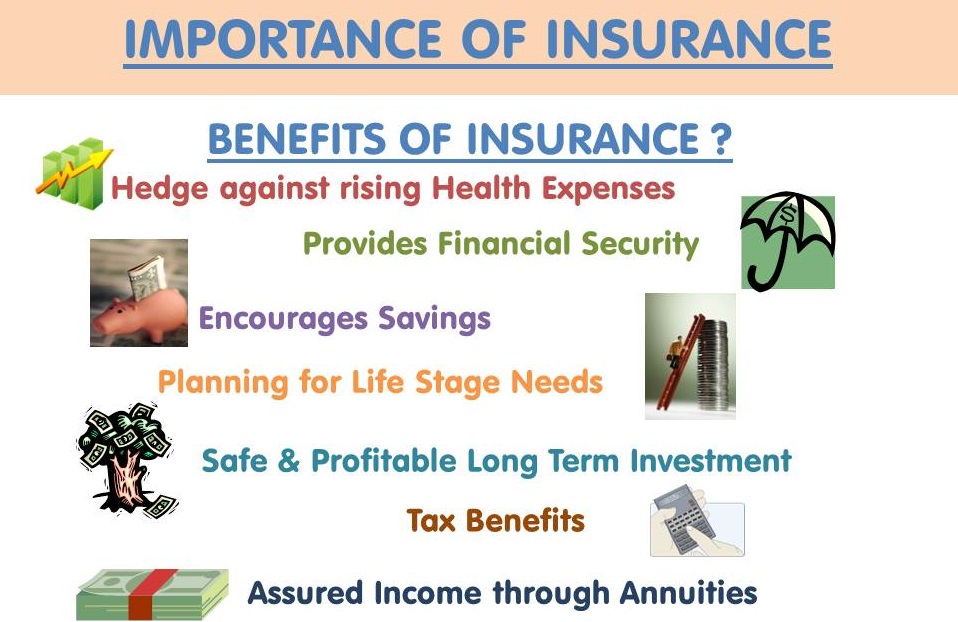Some Known Questions About Pacific Prime.
Some Known Questions About Pacific Prime.
Blog Article
Pacific Prime for Dummies
Table of ContentsPacific Prime for Dummies9 Easy Facts About Pacific Prime DescribedSome Known Details About Pacific Prime Some Ideas on Pacific Prime You Need To KnowThe Greatest Guide To Pacific Prime
:max_bytes(150000):strip_icc()/terms_i_insurance_FINAL_-3556393b3bbf483e9bc8ad9b707641e4.jpg)
This is because the data were accumulated for a period of strong economic efficiency. Of the approximated 42 million people that were uninsured, just about concerning 420,000 (concerning 1 percent) were under 65 years old, the age at which most Americans become eligible for Medicare; 32 million were adults in between ages 18 and 65, about 19 percent of all grownups in this age team; and 10 million were kids under 18 years of age, regarding 13.9 percent of all children (Mills, 2000).
These price quotes of the number of persons uninsured are produced from the annual March Supplement to the Current Population Survey (CPS), carried out by the Demographics Bureau. Unless or else kept in mind, national estimates of individuals without wellness insurance and percentages of the population with various sort of insurance coverage are based upon the CPS, the most commonly used source of estimates of insurance policy coverage and uninsurance rates.
Some Known Facts About Pacific Prime.

Still, the CPS is especially beneficial since it generates annual estimates reasonably promptly, reporting the previous year's insurance policy protection approximates each September, and due to the fact that it is the basis for a constant set of price quotes for greater than twenty years, enabling evaluation of fads in coverage gradually. For these factors, in addition to the extensive use the CPS in various other studies of insurance coverage that are presented in this record, we count on CPS estimates, with limitations kept in mind.

The price quote of the variety of without insurance individuals broadens when a population's insurance coverage standing is tracked for numerous years. Over a three-year period beginning early in 1993, 72 million individuals, 29 percent of the U.S. https://www.blogtalkradio.com/pacificpr1me. populace, were without insurance coverage for a minimum of one month. Within a solitary year (1994 ), 53 million people experienced at the very least a month without insurance coverage (Bennefield, 1998a)
Six out of every 10 uninsured grownups are themselves employed. Although functioning does enhance the chance that one and one's member of the family will certainly have insurance coverage, it is not an assurance. Even participants of families with 2 full-time breadwinner have almost a one-in-ten possibility of being uninsured (9.1 percent uninsured rate) (Hoffman and Pohl, 2000).
8 Simple Techniques For Pacific Prime
New immigrants make up a significant proportion of people without medical insurance. One evaluation has attributed a considerable portion of the current growth in the size of the united state uninsured populace to immigrants that got here in the country in between 1994 and 1998 (Camarota and Edwards, 2000). Recent immigrants (those that involved the USA within the previous four years) do have a high price of being uninsured (46 percent), but they and their kids make up simply 6 percent of those without insurance across the country (Holahan et al., 2001).
The connection in between health insurance policy and accessibility to care is well developed, as recorded later in this phase. Although the partnership between health insurance policy and health end results is neither straight neither straightforward, a considerable medical and health services study literature links health and wellness insurance policy protection to better access to care, much better quality, and boosted personal and populace health and wellness standing.
Degrees of evaluation for checking out the results of uninsurance. This conversation of medical insurance coverage focuses largely on the united state populace under age 65 because virtually all the original source Americans 65 and older have Medicare or other public coverage. In addition, it focuses specifically on those without any type of medical insurance for any type of length of time.
Facts About Pacific Prime Revealed
The problems encountered by the underinsured remain in some respects comparable to those encountered by the uninsured, although they are normally less extreme. group insurance plans. Uninsurance and underinsurance, nonetheless, entail distinctly different plan problems, and the techniques for resolving them might differ. Throughout this study and the five records to adhere to, the primary focus gets on individuals without any health and wellness insurance and hence no help in paying for healthcare beyond what is offered via charity and safety web establishments
Medical insurance is a powerful variable impacting invoice of care since both people and physicians reply to the out-of-pocket price of services - https://www.easel.ly/browserEasel/14457146. Wellness insurance policy, nonetheless, is neither required neither enough to get to medical solutions. The independent and straight impact of health and wellness insurance protection on access to wellness solutions is well developed.
Others will certainly obtain the healthcare they need also without medical insurance, by paying for it expense or seeking it from companies that provide treatment cost-free or at very subsidized rates. For still others, medical insurance alone does not ensure receipt of care since of other nonfinancial barriers, such as an absence of wellness treatment providers in their community, restricted access to transport, illiteracy, or etymological and cultural distinctions.
Not known Incorrect Statements About Pacific Prime
Official research concerning without insurance populaces in the USA dates to the late 1920s and early 1930s when the Committee on the Price of Healthcare produced a series of records about financing medical professional workplace gos to and hospitalizations. This concern became prominent as the numbers of clinically indigent climbed up throughout the Great Depression.
Report this page